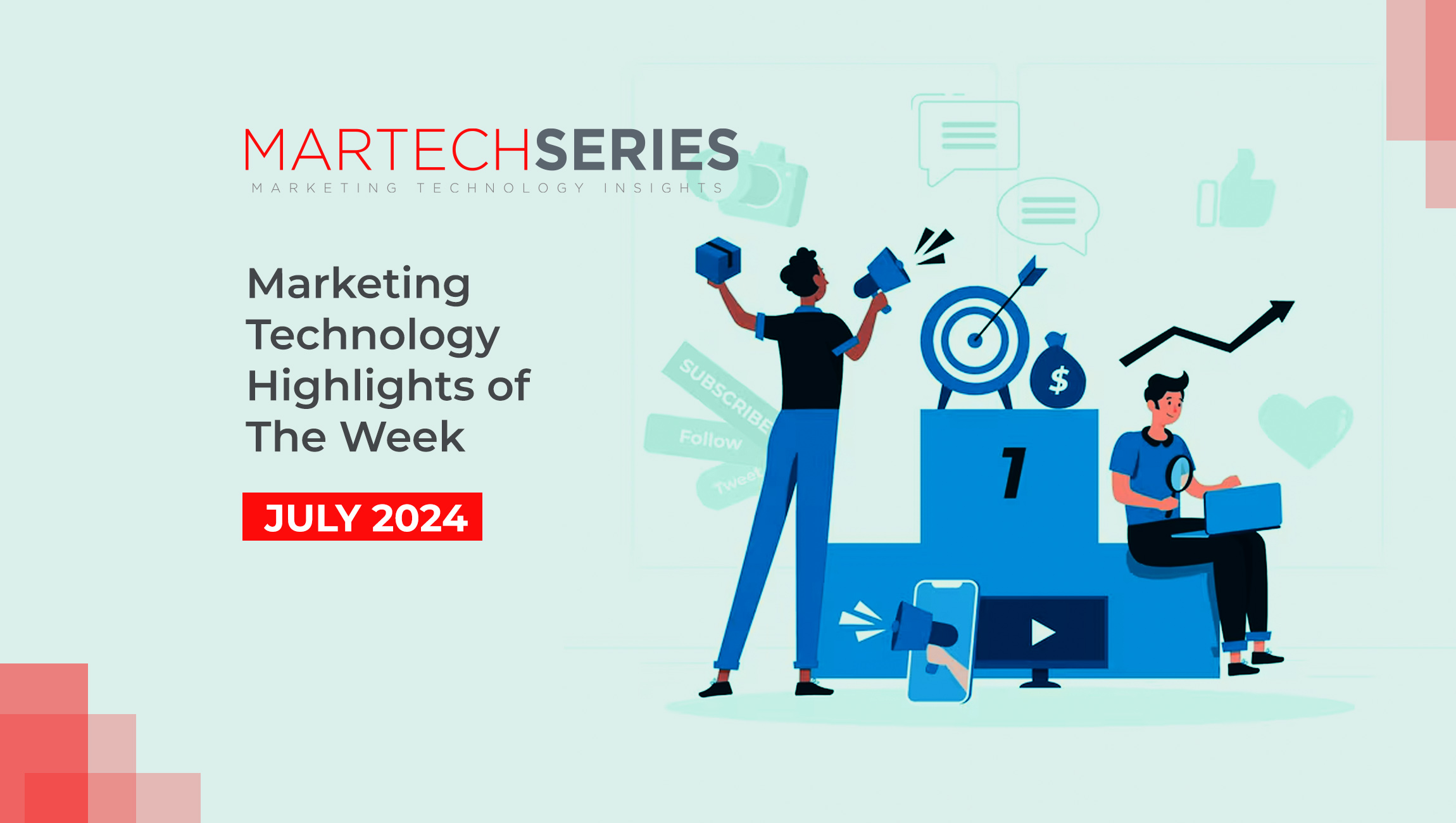The evolution of digital advertising has been a dynamic journey, in turn, revolutionizing the marketing landscape. Initially, banner ads adorned websites, followed by the inception of Google AdWords, paving the way for targeted ads. Social media platforms emerged, facilitating precise audience segmentation and engagement.
With the rise of influencer marketing, brands found authentic avenues to connect with consumers. Video content soared in importance, birthing platforms like YouTube and TikTok. As AI and machine learning advanced, programmatic advertising emerged, optimizing ad placements. Privacy concerns led to more transparent practices, promoting user trust.
The evolution continues, shaped by technology and user preferences, redefining how businesses connect with their audiences.
Key Aspects of Digital Advertising
Digital advertising is a dynamic and essential component of modern marketing. Leveraging advertising and marketing technology, it targets specific audiences, enhances brand visibility, and drives engagement, offering businesses a competitive edge in today’s rapidly evolving marketplace.
1. Targeted Reach:
Digital advertising with new age adtech and martech allows precise targeting of demographics, interests, and behaviors. This ensures that ads reach the most relevant audience, maximizing the return on investment and enhancing the effectiveness of marketing campaigns.
2. Real-Time Analytics:
With new adtech and martech, marketers can access real-time analytics. This enables continuous monitoring and optimization of campaigns, providing insights into performance metrics, audience engagement, and opportunities for improvement, ensuring that marketing goals are met.
3. Cost-Effective:
Unlike traditional advertising, digital advertising today offers balanced ROI because of the niche targeting provided by adtech and martech. With various budget-friendly options, businesses of all sizes can create impactful campaigns, ensuring that marketing efforts are aligned with financial constraints.
4. Multi-Channel Approach:
Digital advertising encompasses various channels today like social media, search engines, and email. This multi-channel approach ensures a cohesive and consistent brand message, reaching customers where they are most active and engaged.
5. Interactive Engagement:
Encouraging user interaction, digital advertising fosters a two-way communication channel. This enhances customer engagement, builds trust, and provides valuable insights into customer preferences and feedback.
6. Mobile Optimization:
With the proliferation of mobile devices, digital advertising today is optimized for mobile viewing automatically with new adtech and martech. This ensures a seamless user experience, reaching customers on the go and capitalizing on the growing mobile audience.
7. Content Personalization:
Personalized content enhances user experience. Modern adtech and martech leverages data to create tailored messages, resonating with individual preferences and needs, thus creating a more meaningful connection with a target audience.
8. Compliance and Ethics:
Adhering to legal and ethical standards is paramount in digital advertising today. Ensuring compliance with regulations and maintaining transparency builds credibility and trust, safeguarding both the brand’s reputation and the consumers’ rights.
Marketing Technology News: MarTech Interview with Eli Finkelshteyn, Founder and CEO at Constructor
Digital Advertising Checklist for Modern Advertisers
Digital advertising is the linchpin of contemporary marketing strategies. To navigate this complex landscape, modern advertisers must adhere to a comprehensive checklist that ensures efficiency, effectiveness, and alignment with the ever-changing digital trends and consumer behaviors.
1. Audience Identification:
Understanding the target audience is foundational. Advertisers must identify demographics, preferences, and behaviors to create messages and campaigns that resonate. This targeted approach enhances engagement and ensures that advertising efforts are directed toward those most likely to convert.
2. Platform Selection:
Choosing the right platforms is crucial. Advertisers must select channels that align with their audience’s habits. Whether social media, search engines, or email, the platform must facilitate the brand’s message and marketing objectives.
3. Content Creation:
Content must be compelling and relevant. Advertisers should craft messages that speak directly to the audience’s needs and interests, using visuals and copy that are consistent with the brand’s voice and values.
4. Mobile Optimization:
With mobile usage soaring, advertisers must ensure that content is mobile-friendly. Responsive design and optimization for various devices guarantee a seamless user experience, keeping the audience engaged wherever they are.
5. Real-Time Analytics:
Monitoring campaigns in real-time allows for agile adjustments. Advertisers must utilize analytics tools to track performance, measure ROI, and identify areas for improvement, ensuring that campaigns are always aligned with goals.
6. Budget Management:
Effective budgeting is essential. Advertisers must allocate resources wisely, balancing between various channels and tactics. Regular monitoring ensures that spending aligns with objectives, maximizing ROI and avoiding unnecessary expenditures.
7. Compliance and Ethics:
Adherence to legal regulations and ethical standards is non-negotiable. Advertisers must be transparent and responsible, ensuring that campaigns comply with all relevant laws and guidelines, thereby protecting both the brand and the consumer.
8. Personalization and Segmentation:
Personalized content fosters connection. Advertisers should segment their audience and tailor messages accordingly. This individualized approach enhances relevance, resonates with recipients, and drives higher engagement rates.
9. Testing and Optimization:
Continuous testing and optimization are vital. Advertisers must regularly evaluate campaign elements, experimenting with different approaches to discover what resonates best with the audience, and refining strategies accordingly.
10. Community Engagement:
Building community fosters loyalty. Advertisers should engage with their audience, responding to comments and feedback, and encouraging dialogue. This interaction humanizes the brand and creates a community of advocates.
Conclusion
Navigating the digital advertising landscape requires a strategic and comprehensive approach adtech and martech adoption plan too. By adhering to this checklist, modern advertisers can ensure alignment with current trends, foster meaningful connections with their audience, and drive successful campaigns that resonate, engage, and convert in today’s competitive and ever-evolving marketplace.
Marketing Technology News: Can WhatsApp Be a Good B2B Marketing Channel: Weighing the Pros and Cons











